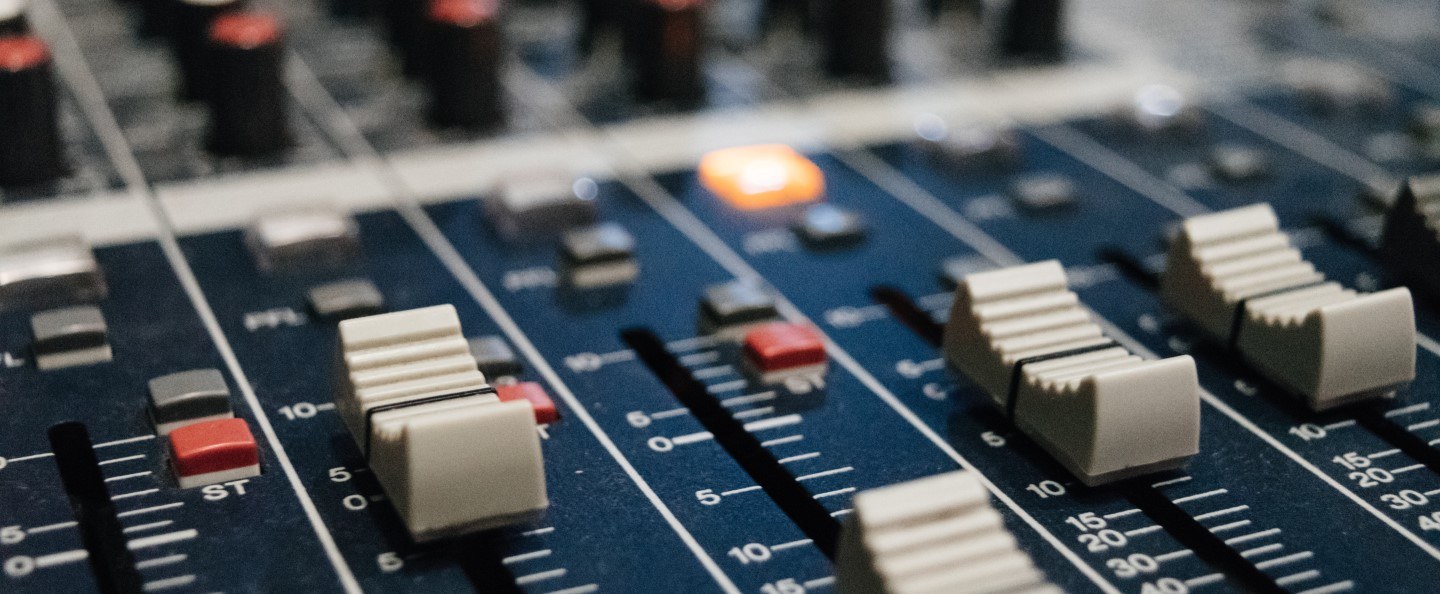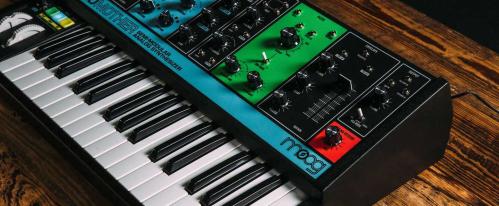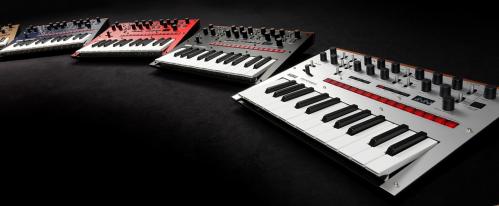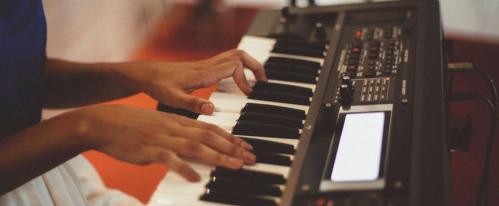Learn how to make synth sounds without a synth and get to grips with one of the coolest experimental music techniques in our guide to No-Input Mixing
If you’re interested in making some cool electronic sounds but don’t have the typical equipment used to make it happen, then we’re here to help.
No-Input Mixing is an awesome technique popularised by experimental musicians and sound designers. It allows you to achieve an array of cool, otherworldly sounds that can be used in a variety of different ways - and all you need to get started is a mixer and a couple of cables.
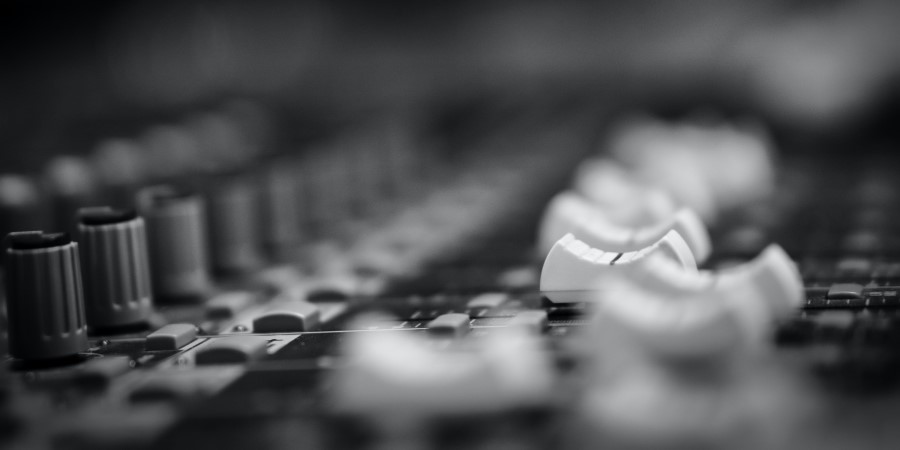
Keep reading to find out exactly what No-Input Mixing is, how to get started with creating sounds, and some top tips to get the most out of your no-input sessions..
What is No-Input Mixing?
No-Input Mixing is a technique that allows you to create a range of electronic sounds using only a mixer and some cables. It is extremely useful for generating harsh tones that fit well with noise and industrial music, but it is also great for sounds which are inspired by science fiction and space.
This technique takes its name from the fact that the mixer requires no input - in fact, in its most simple form, no-input mixing is achieved by feeding the output of the mixer back into the input, thereby creating a feedback loop.
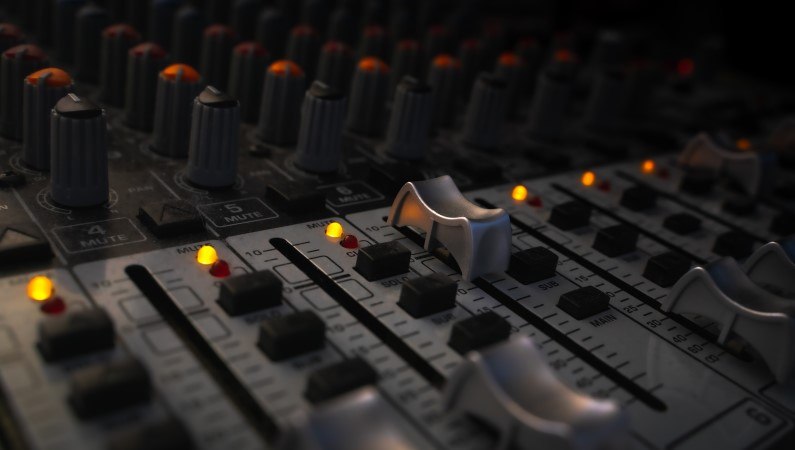
How Does No-Input Mixing Work?
There are two elements which allow no-input mixing to work.
Firstly, we are relying on the noise which is inherent to all audio equipment in order to create our feedback loops. All audio equipment will generate noise due to the nature of the inner components - more expensive equipment will usually be much quieter, as this is what would be desirable - but in this case we are taking advantage of the noise to make sounds which can be used creatively!
Secondly, we are taking advantage of the amplifiers within the mixer. These amplifiers are designed to make weak signals stronger.
By taking this noise from the output of the mixer and pushing it back into the input and through the amplifiers within the mixer, we can amplify the noise - which is then output back into itself and amplified again and so on..
By adding other things (such as stompboxes) to the signal chain in between the output and the input we can modify the tones that are amplified and looped. This leads to endless opportunities to create different sounds and experiment for as long as you wish to.
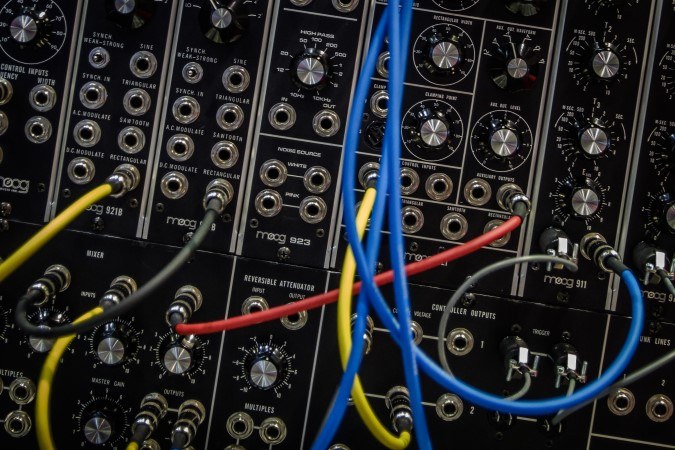
So how do you set up a no-input mixer?
No-Input Mixing Tutorial
As mentioned above, no-input mixing in its most basic form relies simply on taking the output of the mixer and connecting it back into the input of the same mixer.
This takes the system noise of the mixer and amplifies it, which is then controlled by the mixer and repeated in a loop. We can then take another output to a recording interface or monitor/cabinet in order to capture the sounds that are being created.
More complex tones can be achieved both with the on-board EQ and by changing the signal routing throughout the mixer. For example, we can route the signal in a way that utilises different channels on the mixer to generate polyphonic tones, and then alter them by using the faders to control each part of the sound.
To expand these sounds further we can add stompboxes in between the output and the input of the mixer. By adding reverb, delay, and modulation to a feedback loop we can start to generate tones which are more unique and ultimately more musical.
Using stereo stompboxes and taking advantage of stereo outputs on different mixers is also a good way to expand your sonic palette when playing around with no-input mixing. You can even create loops-within-loops by connecting the output of a stereo delay back into itself.
Start off with a simple set-up based on what equipment you already have, and add bits as your collection grows - the no-input rig can be as simple or as complicated as you want it to be.

No-Input Mixing Techniques and Tips
Here are some of our favourite tips and tricks to keep in mind when setting up a no-input mixer. Although you should experiment and bend the rules, this technique has the potential to damage your equipment, so start slowly and build up to using more creative methods as you familiarise yourself with the equipment..
Stay at Low Volume Levels
When dealing with feedback loops things have the potential to get very loud. It’s wise to avoid using headphones until you’re a little more experienced with controlling a feedback loop, and you should learn to use the master volume control in order to keep things in check - think of it as an emergency switch that you can rely on to kill the volume if things start getting out of hand.
Keep Knob and Fader Movements Small
Even the slightest changes to volume and EQ levels on the mixer can drastically alter the noise that you’re making. You can end up missing out on some great sounds if you attack the mixer with a heavy hand, and you also increase the risk of an uncomfortable volume spike which can damage your equipment.
Use Guitar Pedals and Effects in the Signal Chain
For the most synth-like sounds you can use additional guitar pedals and effects in your signal chain to add modulation, delays, and reverb. It is also wise to use additional EQ at this stage, as the EQ on the mixer will often work differently to how it should simply because of the nature of the ‘incorrect’ set-up. Using pedals and effects means you’re able to more properly realise the sounds that you want to make, sculpting them in a more refined manner and making them more musical.
Let Cool Sustained Sounds Run
If you stumble upon a sound that you like which is sustaining, let it run. Sounds may simply fade or run out, but more often than not they will evolve and create alternate textures based upon the original sound. These can be useful for chopping up, re-sampling, and incorporating into your productions.
Record Everything
The best way to get the most out of no-input mixing is to record everything that you do. This allows you to revisit the recordings and pull out different sounds that may not have jumped out to you at the time, and it also means you avoid missing out on cool noises that can happen sporadically and are difficult to recreate. By recording every noise that you create when no-input mixing you are leaving yourself with a treasure trove of material to utilise in your music or sound design projects.
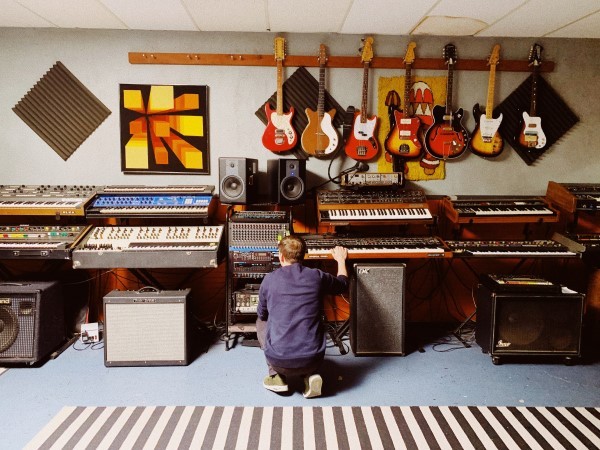
What is the Best Mixer for No-Input Mixing?
Whilst we would usually recommend opting for mixers which have low noise levels, this technique thrives when used with equipment which produces more noise than usual. Add this to the fact that the technique does have potential to damage your gear, and all signs point towards the best option being a budget mixer which is relatively simple in terms of its features.
Built-in FX and multiple channels are always a bonus, but any mixer will do - check out our entire range below - and don’t forget that you’ll need some cables to get everything working properly:
If you’re not yet ready to delve into no-input mixing then you can always use a traditional synthesizer to build sounds. Click below to shop a full range of synthesizers of all different types:
Still not sure how to set-up a no-input mixer? Want to get to grips with the best experimental music techniques? Call us on 0151 448 2089 or check out your local store to speak to one of our Experts about your needs.

